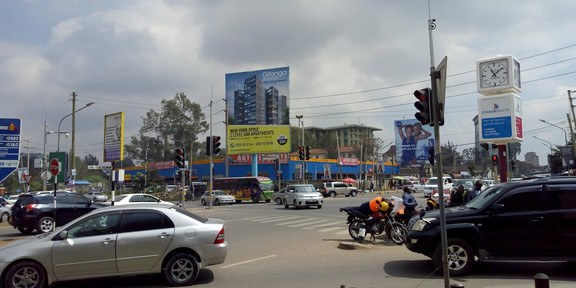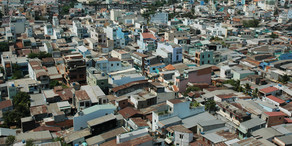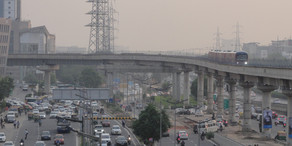New article by Dorcas Nthoki Nyamai
- Archiv
- Forschung
- Fachgebiet

The latest article by Dorcas Nthoki Nyamai „A Historical Account of Walking in Nairobi Within the Context of Spatial Justice” is published in the Journal Urban Forum.
The article discusses walking in Nairobi from a historical perspective and argues that walking has been the norm for most of Nairobi’s urbanites and that all other forms of mobility (mostly motorized) sort of infringe, restrict, attempt to replace and alter ever existing patters and flows of walking.
Keywords: Pedestrian, Walking, Justice, Infrastructure, History
Abstract:
In the ostensibly unceasing prioritization of motorized infrastructure, walking has remained a ubiquitous mode of mobility for a large proportion of Nairobi’s urban
commuters. Planning for motorized mobility has historically been at a higher level of consideration although a much larger percentage of the population travels on foot. The conspicuous pedestrian has been and continues to be masked under the spotlight of the motor vehicle with a discernible outcome of spatial injustices. Using secondary data, historical literature and expert interviews, this paper examines how walking as a mode of mobility has developed over time and the challenges experienced by pedestrians in Nairobi. Linking to the notion of justice, the paper attempts to assess the association between walking and spatial justice using three dimensions—spatial, modal and individual dimensions—that are used as a framework to assess
how injustices unfold and are experienced by Nairobi’s pedestrians. The historical path dependency that has restricted and attempted to replace walkability by prioritizing motor vehicle use as well as the technical engineering design that lacks integration of social aspects of mobility has presented challenges in provision of safe non-motorized infrastructure in the contemporary urban travel in Nairobi, enduringly dismissing walking as a valid mode of mobility. Advancing spatial justice in Nairobi’s urban mobility will require more than a technical process of extending the side of the road by a metre or two but rather deliberate effort in understanding the pedestrians’ mobility needs that can best be understood by attuning to the everyday
realities of travelling on foot.
The full OA article is available here.







![[Translate to English:] [Translate to English:]](/storages/ips-raumplanung/_processed_/5/3/csm_Nairobi_2021_Green_Skyline_Moritz_Kasper_private_19748667af.jpg)